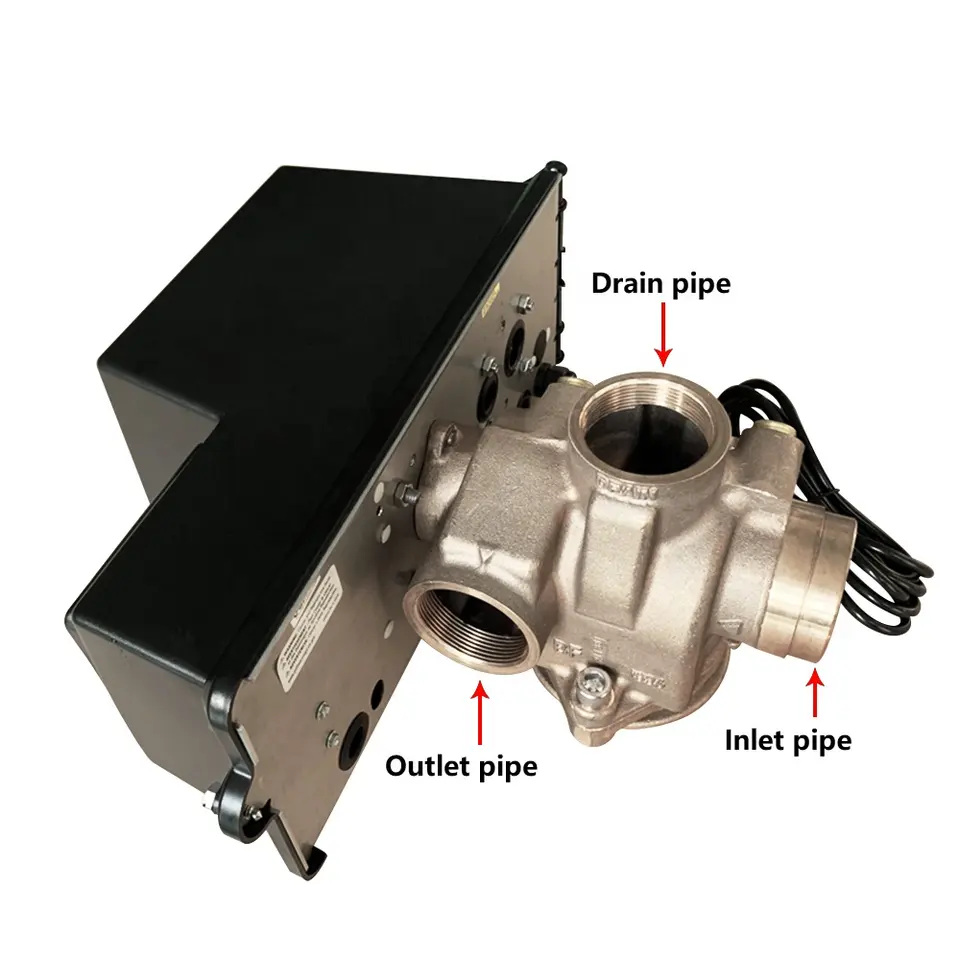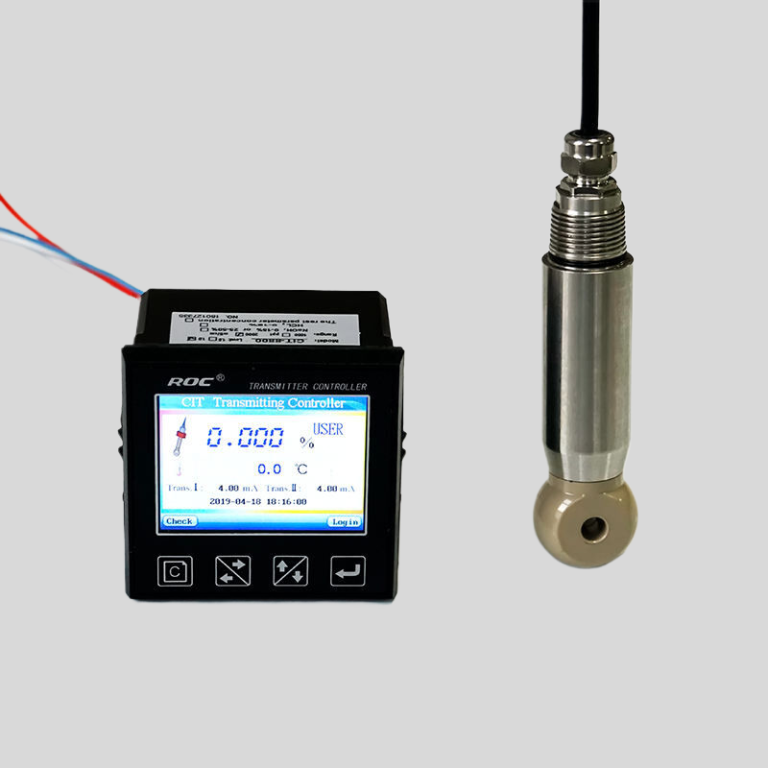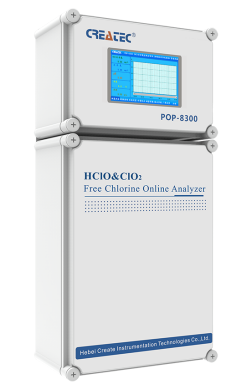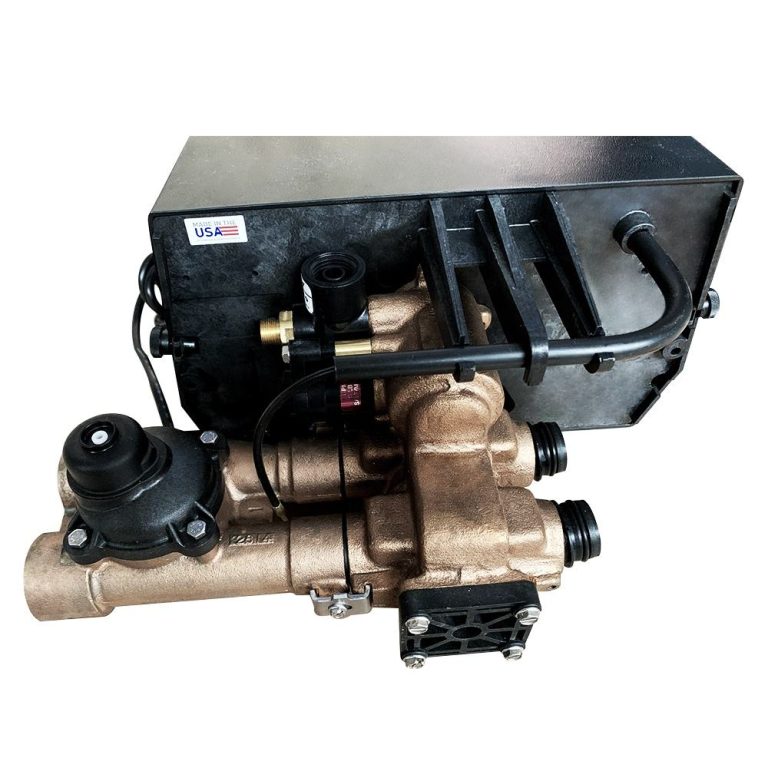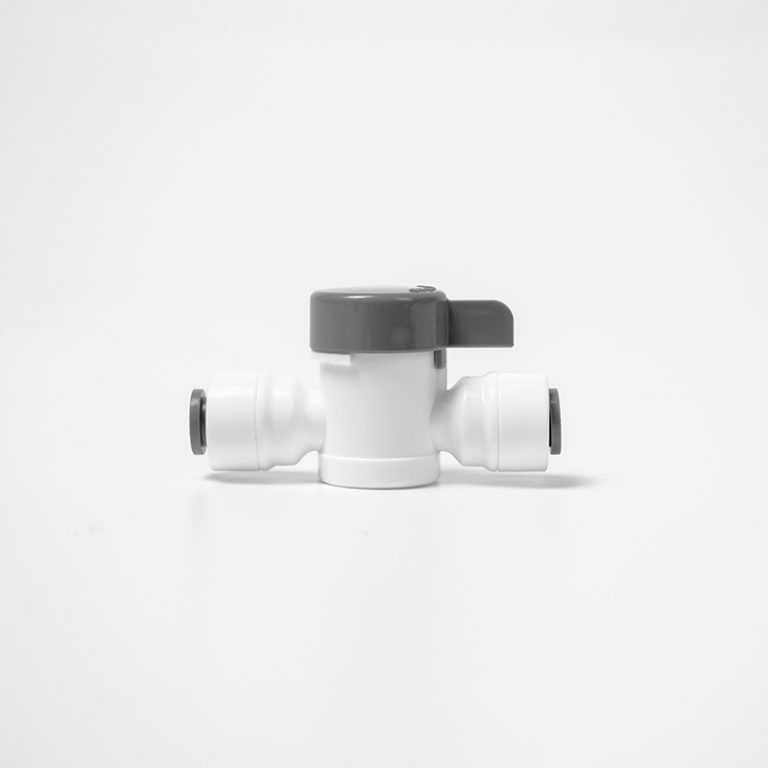“Filtering water can help balance pH levels for a healthier hydration experience.”
The Impact of Water Filtration on pH Levels
Water filtration is a common practice used to remove impurities and contaminants from drinking water. While the primary goal of filtration is to improve the overall quality and safety of the water, many people wonder if the process of filtering water can also impact its pH level. pH is a measure of the acidity or alkalinity of a substance, with a pH of 7 considered neutral, below 7 acidic, and above 7 alkaline. In this article, we will explore the impact of water filtration on pH levels and whether or not filtering water can change its pH.
| Model | Valve Material | Inlet/Outlet | Continuous (0.1Mpa drop) | Peak (0.175Mpa drop) | Cv** | Maximum Backwash (0.175Mpa drop) | Distributor Pilot | Drain Line | Brine Line | Mounting Base | Height (from top of the tank) |
| CM27 | Unleaded brass | 1″(Male) | 5.9m³/h | 7.5m³/h | 6.8 | 25gpm | 1″(1.05)O.D. | 3/4″(male) | 3/8″, (1/2″) | 2.5″-8 | 6-1/2″ |
When water is filtered, it passes through various stages of filtration, such as sediment filtration, activated carbon filtration, and reverse osmosis. Each of these filtration methods is designed to target specific contaminants and impurities in the water, such as sediment, chlorine, heavy metals, and bacteria. While these filtration methods are effective at removing harmful substances from the water, they do not typically have a significant impact on the pH level of the water.
One of the most common types of water filtration is activated carbon filtration, which uses activated carbon to remove impurities and contaminants from the water. Activated carbon is highly porous and has a large surface area, allowing it to adsorb a wide range of substances. While activated carbon filtration can improve the taste and odor of water by removing chlorine and other chemicals, it does not have a significant impact on the pH level of the water.
Reverse osmosis is another popular method of water filtration that uses a semipermeable membrane to remove impurities from the water. Reverse osmosis is highly effective at removing contaminants such as heavy metals, bacteria, and viruses, but it does not typically alter the pH of the water. The pH of the water may fluctuate slightly as it passes through the reverse osmosis system, but these changes are usually minimal and do not have a significant impact on the overall pH level of the water.
While water filtration methods may not directly impact the pH level of the water, it is important to note that the pH of the water can be influenced by other factors, such as the source of the water and the presence of minerals in the water. For example, water from certain sources may naturally have a higher or lower pH level, depending on the geological makeup of the area. Additionally, minerals such as calcium and magnesium can affect the pH of the water, making it more alkaline.
In conclusion, while water filtration methods are effective at removing impurities and contaminants from drinking water, they do not typically have a significant impact on the pH level of the water. The pH of the water is influenced by various factors, such as the source of the water and the presence of minerals. If you are concerned about the pH level of your drinking water, you can test it using a pH testing kit or consult with a water quality expert. Ultimately, ensuring that your drinking water is safe and clean should be the primary goal of water filtration, regardless of its impact on pH levels.
